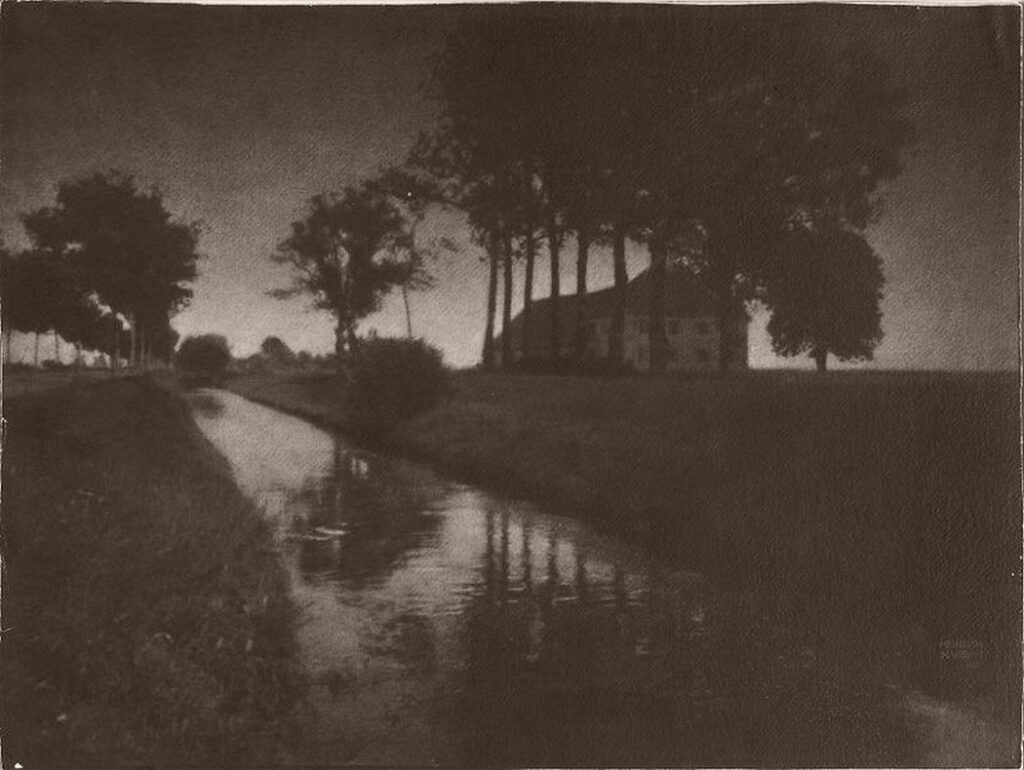Heinrich Kühn was a 19th century Austrian–German photographer recognized as a setting the foundation upon which photography would be recognized as an art form in the same light as painting and drawing. He had family background in the arts and an interest in pursuing art. His grandfather was a sculptor and Heinrich Kühn studied painting.
Kühn created gum bichromate photographs, revolutionary at the time for the ability to produce rich tonalities by the application of multiple layers of photosensitive chemistry. In the early twentieth century, he invented a process called Gummigravüre which combined this technique with photogravure, a marriage between photography and printmaking.
His work has been exhibited by various museums, including The Museum of Fine Arts (Houston), the J Paul Getty Museum, the MOMA, and Museum Folkwang.

Heinrich Kühn biographical summary
Born: February 25, 1866, Dresden, Germany
Died: September 14, 1944, Birgitz, Austria
Also known as: Heinrich Kuhn, Heinrich Kuehn, Heinrich Carl Christian Kühn, Carl Christian Heinrich Kühn